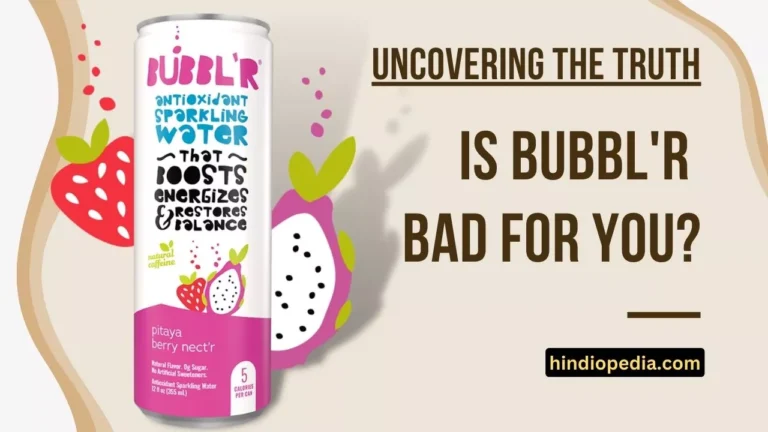Can Diabetics Eat Jello? What You Need to Know About This Sweet Treat
Diabetics can eat Jello, but sugar-free versions are better. Regular Jello has a high sugar content and can spike blood sugar. Sugar-free Jello is low in calories and carbs. Portion control is crucial for regular Jello. Diabetics should monitor their blood sugar after eating Jello. Other dessert options like fresh fruit or Greek yogurt may be healthier choices.

Jello is a popular dessert enjoyed by many. But for people with diabetes, choosing the right foods can be tricky. This article will look at whether diabetics can safely eat Jello.
What is Jello?
Jello is a gelatin-based dessert. It comes in many flavors. The main ingredients are:
- Gelatin
- Water
- Sweeteners
- Food coloring
- Artificial flavors
Regular Jello contains sugar. But there are also sugar-free jello versions available.
Nutritional Content of Jello
Let’s look at the nutrition facts for a 21-gram serving of regular Jello:
| Nutrient | Amount |
|---|---|
| Calories | 80 |
| Carbs | 19g |
| Sugar | 19g |
| Protein | 2g |
| Fat | 0g |
Sugar-free Jello has fewer calories and carbs:
| Nutrient | Amount |
|---|---|
| Calories | 13 |
| Carbs | 1g |
| Sugar | 0g |
| Protein | 1g |
| Fat | 0g |
How Jello Affects Blood Sugar
The effect of food on blood sugar is measured by its glycemic index (GI). Foods with a high GI can cause rapid spikes in blood sugar.
Regular Jello has a high GI of 80. This means it can quickly raise blood sugar levels. Sugar-free Jello has a much lower GI. It’s less likely to cause blood sugar spikes.
Can Diabetics Eat Jello?
Yes, diabetics can eat Jello. But they need to be careful about which type they eat and how much they eat.
Sugar-free Jello is a better choice for diabetics. It has very few carbs and won’t raise blood sugar much. Regular Jello should be eaten in small amounts. It’s best to have it as part of a balanced meal.
Benefits of Sugar-Free Jello for Diabetics
Sugar-free Jello can be a good option for diabetics who want a sweet treat. Here’s why:
- Low in calories
- Very few carbs
- No effect on blood sugar
- Can help satisfy sweet cravings
However, sugar-free Jello often contains artificial sweeteners. Some people may have concerns about these. It’s best to talk to a doctor or dietitian about using artificial sweeteners.
Risks of Regular Jello for Diabetics
Eating regular Jello can pose some risks for diabetics:
- High sugar content
- Can cause rapid blood sugar spikes
- May lead to weight gain if eaten often
How to Include Jello in a Diabetic Diet
Here are some tips for diabetics who want to eat Jello:
- Choose sugar-free versions when possible
- Limit portion sizes of regular Jello
- Eat Jello as part of a balanced meal
- Monitor blood sugar levels after eating Jello
- Consider adding fresh fruit to sugar-free Jello for extra nutrition
Alternatives to Jello for Diabetics
There are many other dessert options for diabetics:
- Fresh fruit
- Greek yogurt with berries
- Chia seed pudding
- Sugar-free popsicles
- Baked apples
What Research Says
A study in the Journal of Diabetes Science and Technology looked at the effects of different desserts on blood sugar. It found that sugar-free gelatin had a minimal impact on blood glucose levels.
Another study in Diabetes Care examined the use of low-calorie sweeteners in diabetes management. The researchers concluded that these sweeteners can help reduce calorie and carbohydrate intake.
However, more research is needed on the long-term effects of artificial sweeteners on health.
Other Benefits of Jello for Diabetics
- Jello and Hydration: Jello is mostly water. It can help with hydration, which is important for diabetics.
- Protein Content: Gelatin is a source of protein. This can help slow down the absorption of sugar.
- Gut Health: Some studies suggest gelatin may benefit gut health. This could be relevant for diabetics, as gut health can affect blood sugar control.
- Interaction with Medications: Some diabetes medications may interact with food dyes in Jello. It’s worth discussing this with a doctor.
- Homemade Sugar-Free Jello: Making Jello at home allows control over ingredients. Natural sweeteners like stevia could be used instead of artificial ones.
The Bottom Line
Diabetics can eat Jello, especially sugar-free versions. Regular Jello should be consumed in moderation. As with any food, it’s important to monitor portion sizes and blood sugar responses.
Every person with diabetes is different. What works for one may not work for another. It’s always best to consult with a healthcare provider or registered dietitian. They can provide personalized advice on including Jello in a diabetic diet.
Remember, a balanced diet with a variety of nutrient-rich foods is key for managing diabetes. Jello can be part of this diet when eaten wisely.
References:
- American Diabetes Association. (2019). Glycemic Index and Diabetes.
- Romo-Romo, A., et al. (2016). Effects of the Non-Nutritive Sweeteners on Glucose Metabolism and Appetite Regulating Hormones: Systematic Review of Observational Prospective Studies and Clinical Trials. PLoS One.
- Franz, M. J., et al. (2010). The Evidence for Medical Nutrition Therapy for Type 1 and Type 2 Diabetes in Adults. Journal of the American Dietetic Association.
- Gardner, C., et al. (2012). Nonnutritive Sweeteners: Current Use and Health Perspectives. Diabetes Care.
- Evert, A. B., et al. (2019). Nutrition Therapy for Adults With Diabetes or Prediabetes: A Consensus Report. Diabetes Care.







